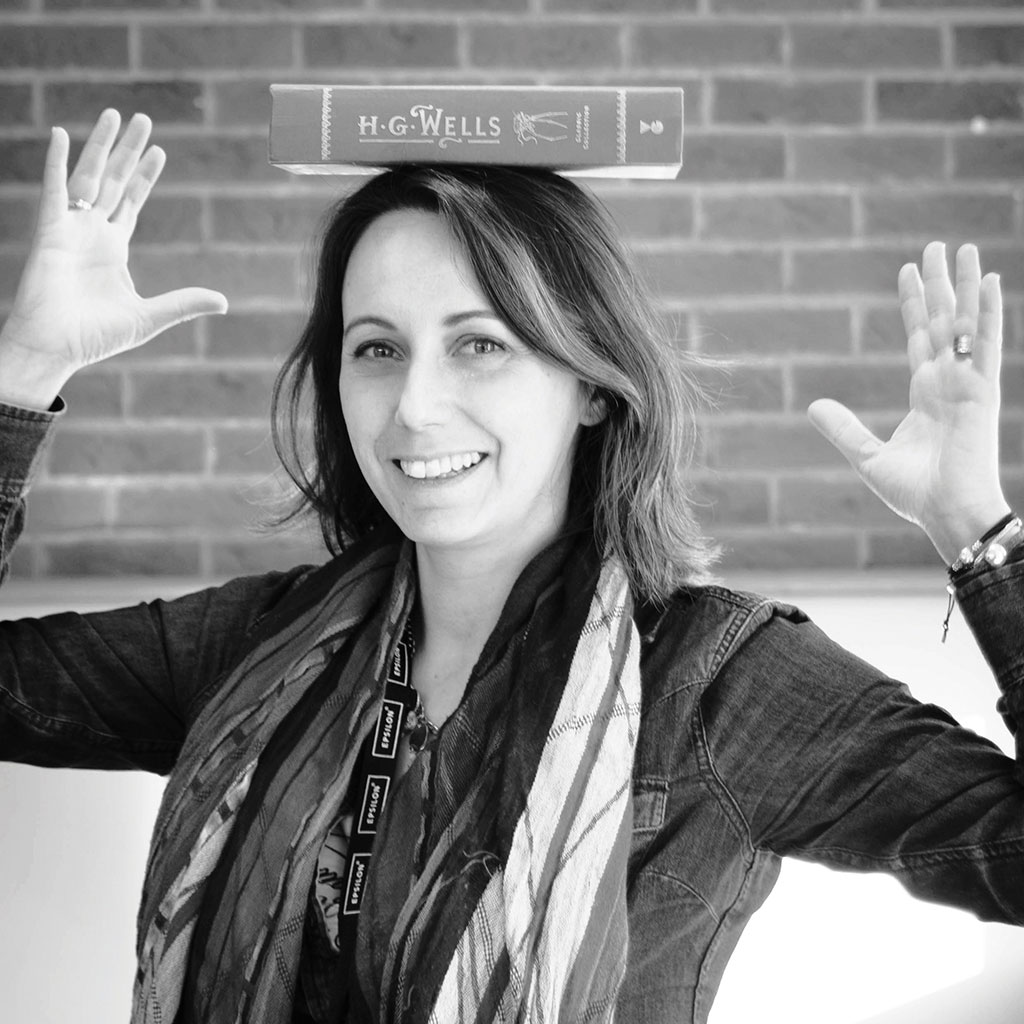
My university days were spent dreaming up killer campaigns. I’d mentally improve upon every ad I saw, full of creative ideas and misplaced confidence. Why couldn’t they see what I saw? How did a team of professional creatives, armed with a hefty budget and customer insights, come up with that?
I moved on to my first marketing job and, ready to reinvent the industry, took charge of my first campaign. And it absolutely kicked my ass. Between managing brand and product requirements, marketing and communications goals, budgets, media, and consumer info, I found myself falling into that familiar trap: focusing on the product instead of the consumer. Getting so bogged down in details and features the client wanted to promote that I ignored our customer research.
It took a move from management to strategy, and from the corporate side to the agency side, to understand how much work goes into executing a creative idea. The hours and frustrations it takes to bridge the gap between brand and consumer with a relevant, beautiful message. Because every touchpoint with your audience, be it through TV, email, or radio, needs to answer a relatable human problem.
That’s where strategy comes
in My role as a strategist boils down to two essential tasks. First, to make sure the brief is rock-solid and answers the foundational questions: who are we targeting, what do they want to hear, what problem do they face, and how does our brand solve it. Then, once work has begun, it’s my role to be the irritating person in the corner of the room that repeatedly asks “how is that relevant?”
A creative will always be tempted to reverse-engineer strategy to match their great idea. That’s natural – because their main focus is on the appearance of the end product. But a great idea that doesn’t connect with its target audience is just pretty fluff. Strategists have to be present throughout the process, always ready and willing to untangle problems with insights. To take the ball when you’re headed towards a creative dead-end, then hand it back with a set direction to travel towards.
When you emphasise strategy, it gives you an omnipresent marketing voice in the room. Someone who’s considering how each touchpoint fits in with everything the customer has experienced before, what they’re going to experience afterwards, and the desired brand tone – all within the context of metrics, KPIs, leading indicators, and testing.

A pattern in a stream of decisions
At Epsilon, we’ve put together one of the largest Strategy & Insights teams in Ireland. We all come from diverse industry backgrounds and have our own unique skill-sets. S&I is the backbone of everything we do – fuelling our creative campaigns and accelerating performance for our clients.
Recently, our colleagues in the US helped a major client put together a CRM programme for a new product launch. It was a major national success that set new internal benchmarks for email success. But as the company started to roll out the strategy overseas, consumer engagement began to dip in different ways.
So, the Irish team got involved to shed some light on the poor performance. After some testing, we realised we didn’t need to reinvent the wheel. The lack of adoption was down to minor cultural differences in each market, the kind of nuances you can never assume, but that stand out like a sore thumb to a seasoned strategist. We didn’t have to change the nature of the experience, just tweak it to make it seem natural to each audience.
The refined campaign was an immediate success. The first market we rolled out to saw an uptick of 12% on email, and 25% on platform engagement. All from minor tweaks that made consumers in each market feel that the content was tailored specifically for them.
Henry Mintzberg once said that strategy is “a pattern in a stream of decisions”. No matter who your audience is, or what medium you’re using, this pattern is an invaluable asset. By drawing insights from behavioural clues, you give yourself a full view of both the customer experience and the business outcome, as they grow and change together.




















